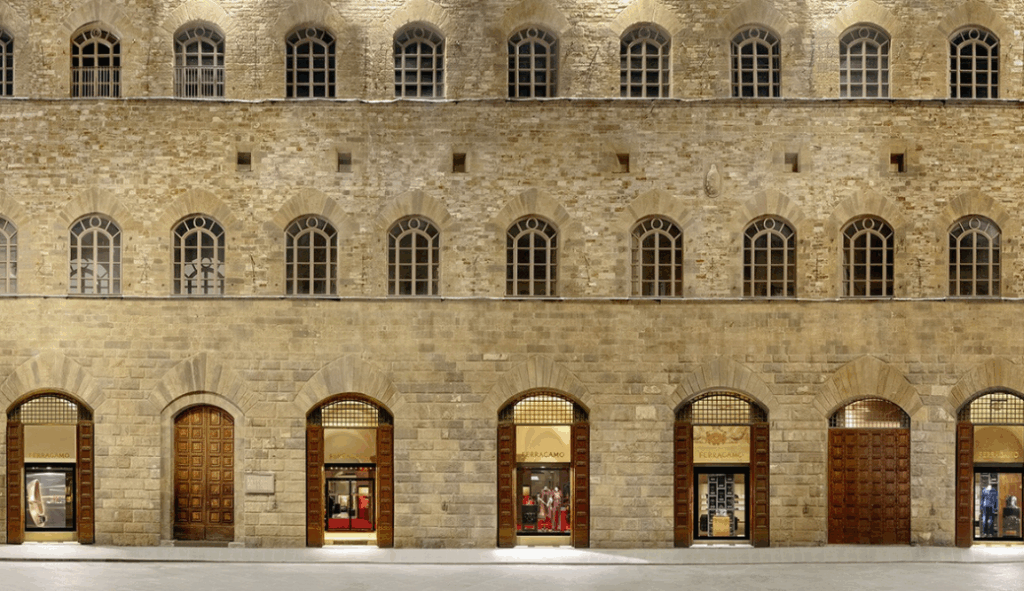In the forth episode of Fashion and Florence, we continue our journey through the timeless connection between haute couture and the city’s rich artistic soul. This chapter is dedicated to a name that has become synonymous with elegance, innovation, and Florentine heritage: Salvatore Ferragamo.
Born in 1898 in Bonito, near Naples, Salvatore Ferragamo emigrated to the United States as a young man to follow his passion for shoemaking. In 1920s Hollywood, he quickly earned the title “shoemaker to the stars”, crafting custom shoes for the likes of Gloria Swanson and Joan Crawford. But it was in Florence—a city known for its tradition of craftsmanship and refined taste—that Ferragamo chose to build his legacy.
Innovative art
Ferragamo was more than a designer; he was an inventor and a visionary. Determined to create shoes that were both stunning and anatomically supportive, he studied anatomy at the University of Southern California. His designs fused aesthetics and science, bringing forth icons like the cork wedge, the invisible sandal, and sculptural heels that were true works of art.
His approach was revolutionary: he treated footwear not as mere accessories, but as architectural creations, balancing form, function, and fantasy.
A historic home in the heart of Florence
In 1938, Ferragamo purchased Palazzo Spini Feroni, a majestic 13th-century palace on Via de’ Tornabuoni, Florence’s most elegant shopping street. This historic landmark became the brand’s headquarters and remains its beating heart to this day.
Inside, you’ll find the Museo Salvatore Ferragamo, inaugurated in 1995, where visitors can explore the legacy of a man who forever changed the way we walk. With over 10,000 shoe prototypes, personal sketches, photographs, and fashion artifacts, the museum is a hidden gem for anyone passionate about design and Florence’s cultural narrative.
A Legacy Carried Forward
After Salvatore’s passing in 1960, his family took the reins, transforming the label into a global luxury house offering ready-to-wear, handbags, eyewear, fragrances, and more—all while maintaining a deep connection to Florence.
To this day, the Ferragamo name is a symbol of Italian excellence, anchored in the city’s artisan traditions and elevated by decades of innovation.
Antica Torre Tornabuoni and Ferragamo: A Story Across the Street
As you stroll past Palazzo Spini Feroni, surrounded by Renaissance façades and contemporary boutiques, you’ll understand what Ferragamo saw in Florence: a place where beauty, heritage, and reinvention live in perfect harmony.
Right across the street stands Antica Torre Tornabuoni. The two landmarks face one another as if in silent dialogue—one representing the evolution of Italian fashion, the other offering a timeless window into Florence’s architectural and cultural grandeur. Guests of Antica Torre can admire the Ferragamo building from their windows and, in just a few steps, immerse themselves in the story of one of fashion’s greatest visionaries. It’s a rare and poetic privilege to sleep where Florence’s past and present coexist so gracefully.

